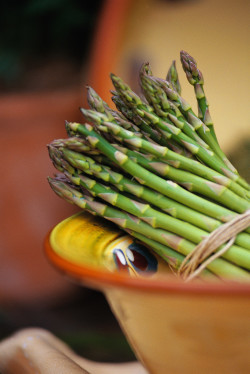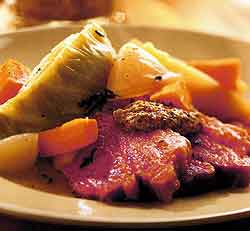- 2 cups all purpose flour
- 1½ cups granulated sugar
- 1 tablespoon baking powder
- ½ teaspoon salt
- ½ cup vegetable oil
- 8 eggs, separated
- ¼ cup lemon juice
- ¼ cup water
- 2-1/2 tablespoon grated lemon zest
- Lemon Glaze
- 6 tablespoon butter, melted
- 1 tablespoon grated lemon zest
- 2 cups powdered sugar
- 3 tablespoon lemon juice
- 1 teaspoon vanilla extract
Preheat oven to 325°F.
In large bowl, add flour, granulated sugar, baking powder and salt. Add oil, egg yolks, lemon juice, water and lemon zest; whisk until well combined. In large bowl, beat egg whites until stiff peaks form.
Fold ⅓ of whipped egg whites into the batter to lighten. Gently fold in the remaining egg whites until mixture is combined; do not over mix or batter will deflate. Pour into ungreased pan; tap gently on counter to release air pockets.
Bake 50-60 minutes or until cake springs back when touched. Invert pan immediately after removing from oven and allow to cool completely. Run knife around the sides and center of cake to loosen.
For glaze, combine butter, zest, powdered sugar, juice and vanilla in medium bowl; stir until smooth. Pour over cooled cake and spread with spatula. Glaze will set hard within 30 minutes.
For Berries and Cream
Whip 1 pint fresh heavy cream and fold in sliced mixed berries.
Makes 24 cupcakes or 1 large Bundt cake
Courtesy of Martha Stewart
Photo: Marcus Nilsson














